April 2025 Indian Food Archive – Flavors of India
When talking about Indian food, the diverse dishes, flavors, and cooking habits that shape meals across the subcontinent. Also known as Bharatiya cuisine, it blends spices, regional techniques, and everyday ingredients. Alongside, we look at healthy Indian snacks, low‑calorie bites that keep cravings in check, the art of making thick curry, rich, velvety sauces that restaurants perfect, the role of dal nutrition, protein‑packed legumes that fight inflammation, and global sugar consumption, stats that reveal which nations indulge the most. Together these ideas form a snapshot of what Indians ate, cooked, and worried about in April 2025.
Key Themes Shaping April’s Menu
First, the push for healthy Indian snacks shows up in several posts. Readers learn which traditional treats stay light, why roasted chickpeas beat fried samosas for weight control, and simple swaps like using air‑fried paneer instead of deep‑fried bites. The articles also explain how portion size and ingredient choices affect the calorie count, giving a clear roadmap for guilt‑free munching.
Next, the mystery behind restaurant‑style thick curry gets unpacked. Chefs rely on a few tricks: slow‑cooking onions until caramelized, adding a splash of dairy or ground nuts, and finishing with a high‑heat reduction. By copying these steps at home, home cooks can achieve that same glossy, cling‑to‑rice texture without a commercial kitchen.
Dal also gets the spotlight. The archive compares moong, masoor, toor, and chana, breaking down protein, fiber, and micronutrient profiles. It highlights how a daily dal bowl can lower inflammation markers, support heart health, and keep energy steady – especially useful for families looking for affordable nutrition.
On the global stage, the sugar consumption roundup reveals surprising leaders. While many point to the U.S., the data shows a few Asian countries out‑spending them in per‑capita sugar intake. The posts tie this back to Indian sweet culture, offering tips to enjoy gulab jamun or jalebi with smarter portion control.
All these pieces connect: Indian food trends encompass healthy snack choices, mastering thick curry techniques improves home cooking confidence, and understanding dal nutrition helps manage inflammation. The archive stitches them together, showing how everyday decisions in the kitchen reflect larger health and cultural patterns.
Below you’ll find the full list of articles from April 2025. Each piece dives deeper into the topics mentioned, giving you actionable tips, tasty recipes, and data‑backed insights to spice up your own meals.

What Indian Food Is Not Fattening? Healthy Indian Snacks to Satisfy Your Cravings
Trying to snack smart without missing out on your favorite Indian flavors? This article breaks down which Indian foods you can enjoy without worrying about gaining weight. Discover easy swaps, practical tips, and the best guilt-free snacks found in Indian kitchens. We’ll get into why some snacks pack on calories, but others help you stay full and energized. Clear, honest advice if you want to eat well and keep your diet on track.

Which Country Eats the Most Unhealthy Food? Surprising Facts for Snack Lovers
From deep-fried burgers in the U.S. to loaded fries in other countries, the race for the most unhealthy eater is competitive. This article breaks down which country tops the list for unhealthy food consumption and why. It digs into global snacking habits, the stats behind junk food addiction, and what this means for everyday health. If you're trying to make better snack choices in India, you'll find handy tips here. Get ready to rethink your next snack run.
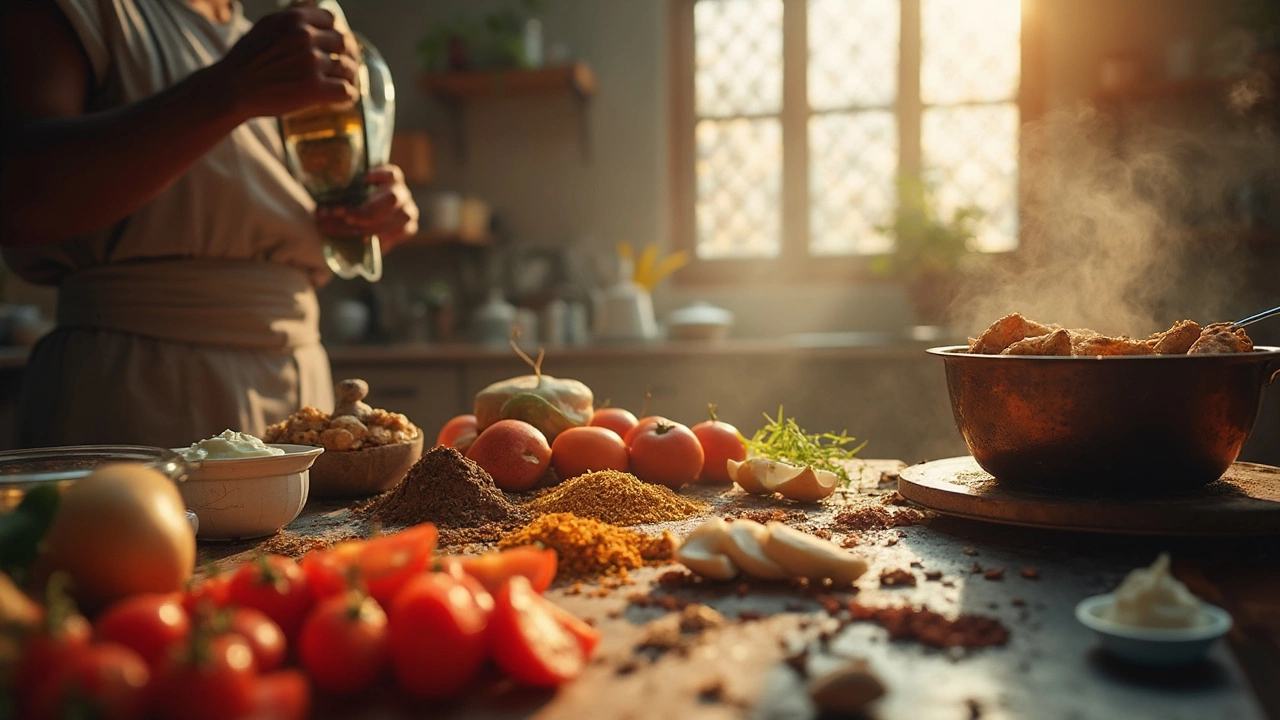
How Indian Restaurants Make Curry So Thick: The Secrets Behind Perfect Chicken Curry
Ever wondered why chicken curry from Indian restaurants turns out so thick and rich compared to homemade versions? This article uncovers the simple but game-changing tricks Indian chefs use to achieve that perfect, velvety curry texture. We'll break down what really goes into those silky sauces and how you can use those methods in your own kitchen. Get ready to level up your curry game with practical tips and step-by-step explanations. Ditch the guesswork and get results that taste just like a good dhaba or your favorite local Indian eatery.
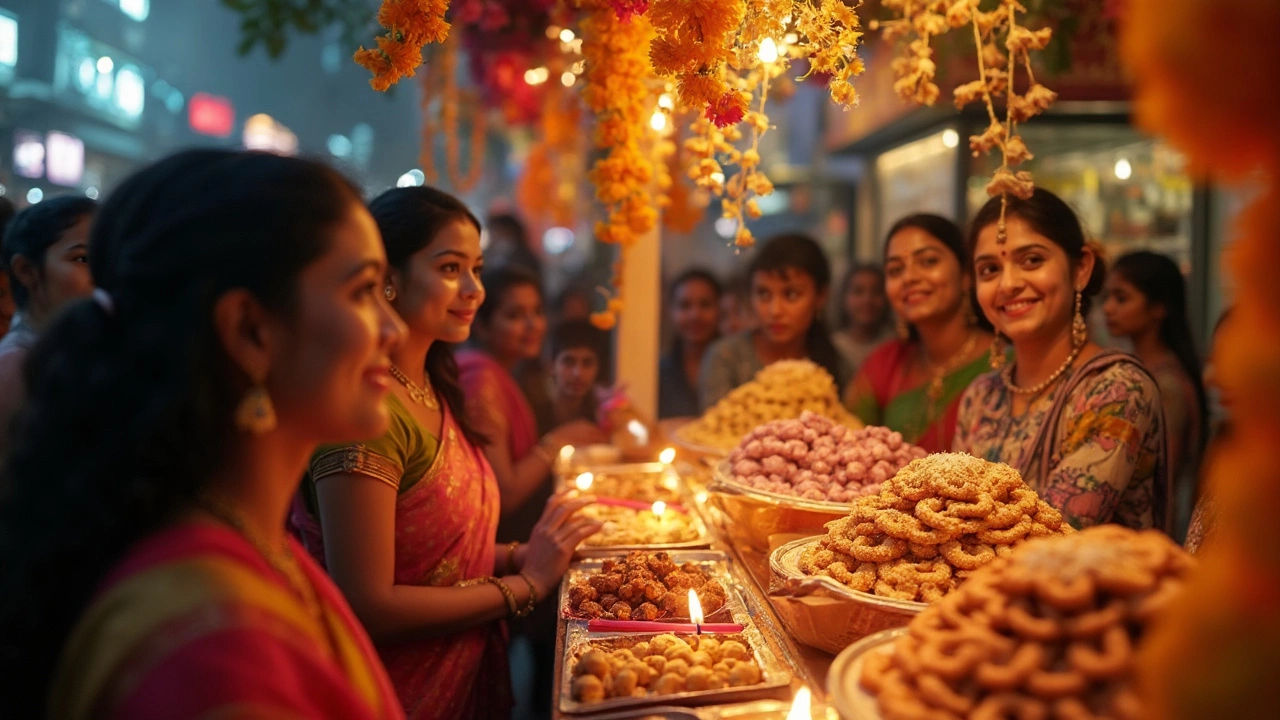
What is India Number One Sweets? A Deep Dive into Iconic Indian Desserts
This article untangles the big debate behind India's number one sweet. It breaks down what makes a sweet truly iconic, looks at famous contenders like Gulab Jamun and Jalebi, and gives practical tips on preparing them at home. Real-life stories and quirky fun facts make this a fun read, even if you’ve never tried Indian sweets. Make informed dessert choices and impress your friends by learning what truly makes a sweet win hearts across India. Discover history, culture, and recipe tips—all in one place.
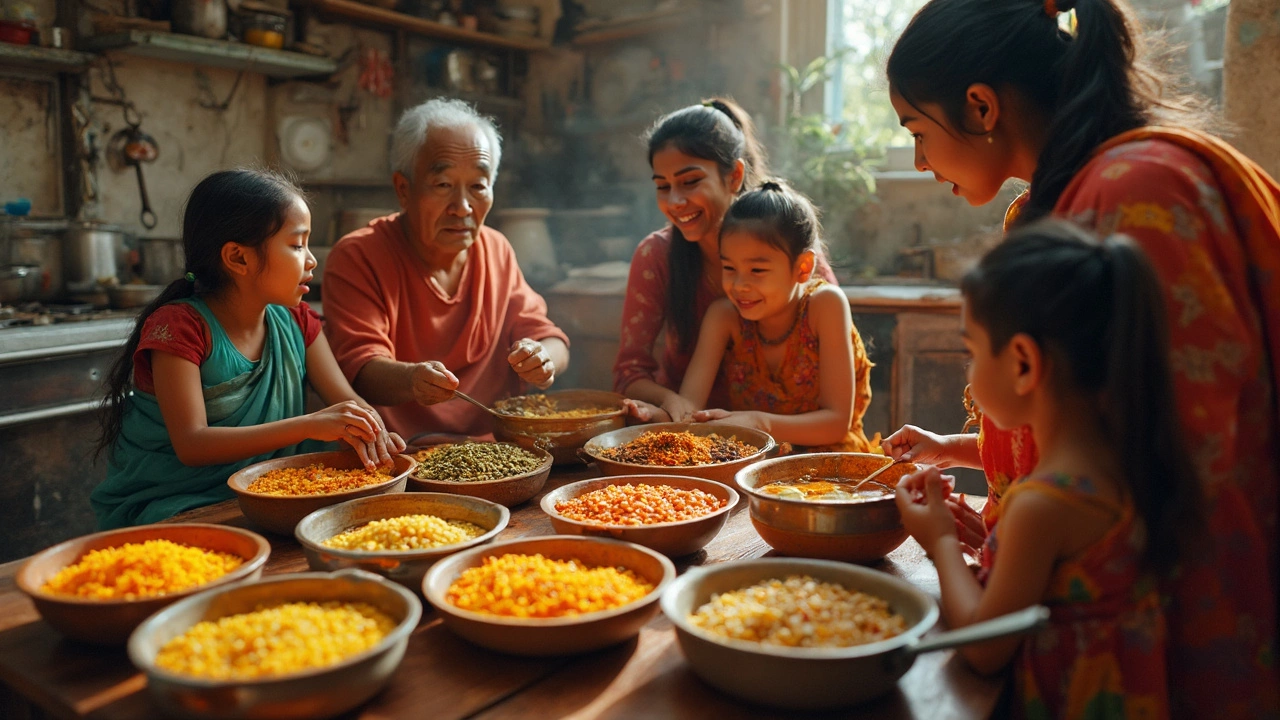
Which Dal Is Healthiest? A No-Nonsense Guide for Everyday Meals
Confused about which dal is best for your health? This article breaks down the nutritional facts behind popular dals in India—moong, masoor, toor, and chana. Get to know how they help your body, who should eat which dal, and simple tips to get the most nutrition in every bowl. Whether you’re cooking for yourself, your family, or kids, you’ll find clear advice here. Health gains, simple recipes, and surprising dal facts—all in one guide.

Which Country Eats Too Much Sugar? Eye-Opening Stats for Indian Sweets Lovers
Ever wondered who tops the sugar charts worldwide? This article digs into which countries eat the most sugar and how this trend compares to Indian sweet habits. Get the numbers, learn which desserts are the real culprits, and pick up quick tips to enjoy your favorite sweets without overdoing the sugar. Eye-opening facts and actionable advice for fans of gulab jamun and beyond. Stay ahead of the sugar curve and still treat yourself.
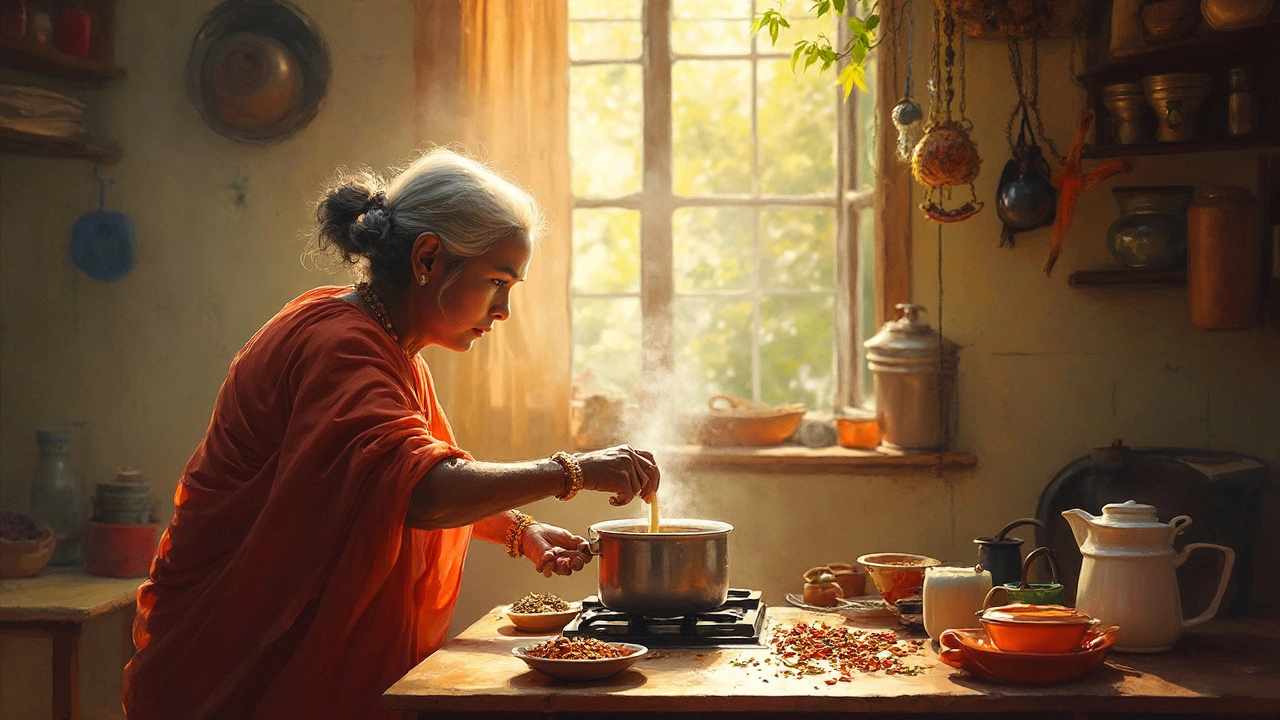
Why Do Indians Put Milk in Their Tea?
Indian tea, often infused with milk, is a staple in many households, forming an integral part of the breakfast routine. The tradition of adding milk to tea blends richness with a soothing balance. With deep cultural roots and health benefits, milk tea has become a beloved morning ritual. It’s not just about taste but also about comforting traditions and nutritional value.
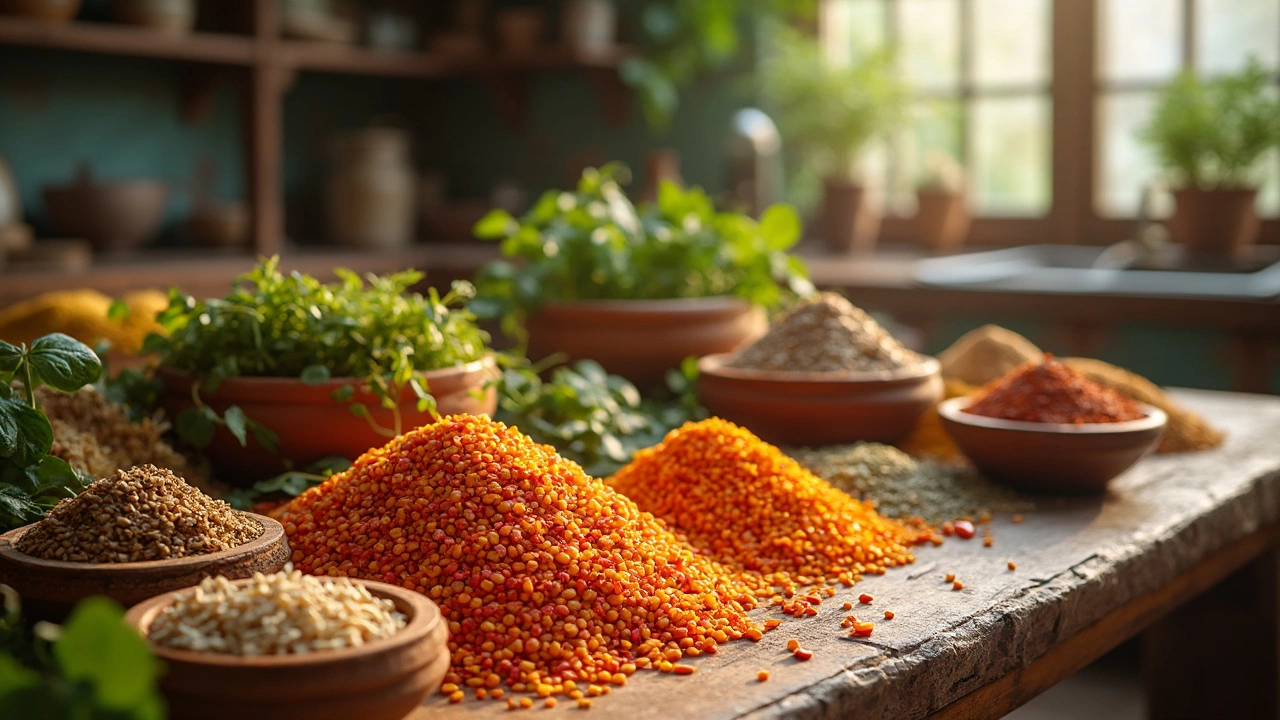
How to Reduce the Glycemic Index of Dosa
Ever wondered how to enjoy dosas without a sugar spike? Lowering the glycemic index of this traditional dish makes it healthier for everyone, especially diabetics. The key lies in ingredients and simple tweaks in preparation. You'll learn practical tips to savor dosas guilt-free.
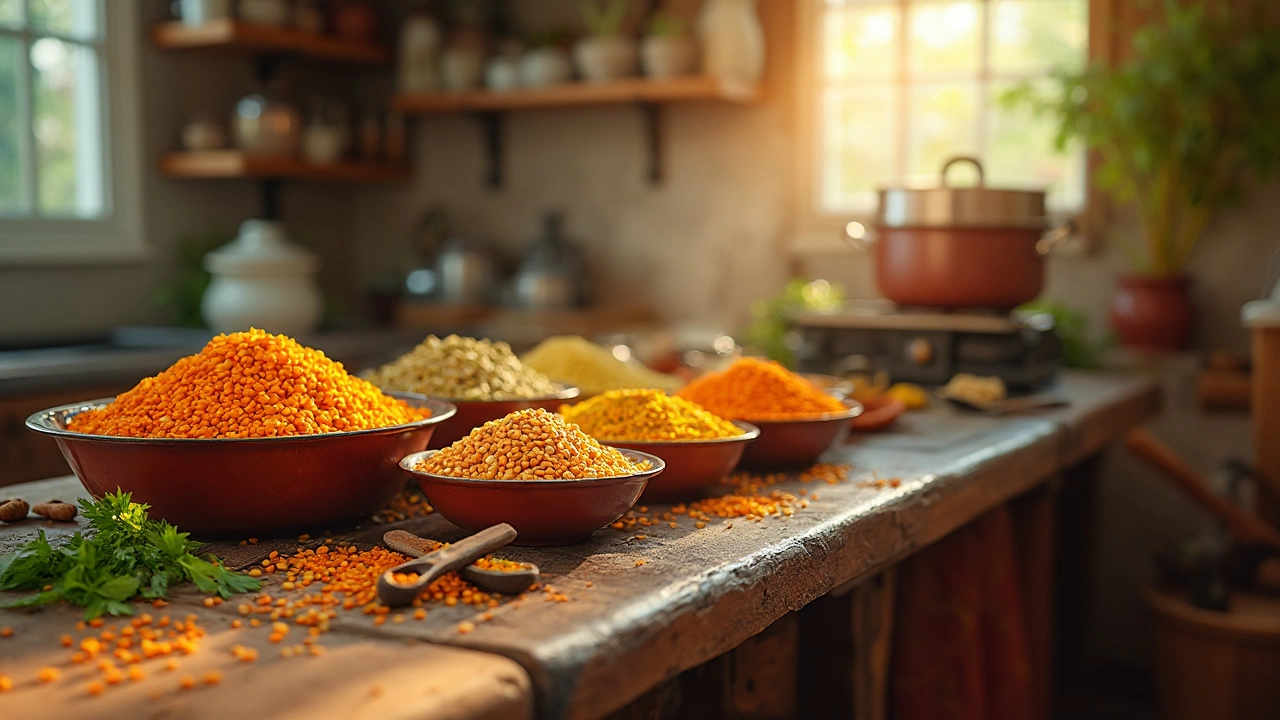
Discover the Top Food to Combat Inflammation: A Simple Dal Recipe
Inflammation can be a pesky problem, but foods like dal are here to help. Dal, packed with anti-inflammatory goodness, is a staple in many kitchens for a good reason. Discover why it's a superhero in fighting inflammation and how you can easily whip up a delicious dal dish at home. This article also shares cool tips and facts about incorporating dal into your diet to keep inflammation in check.
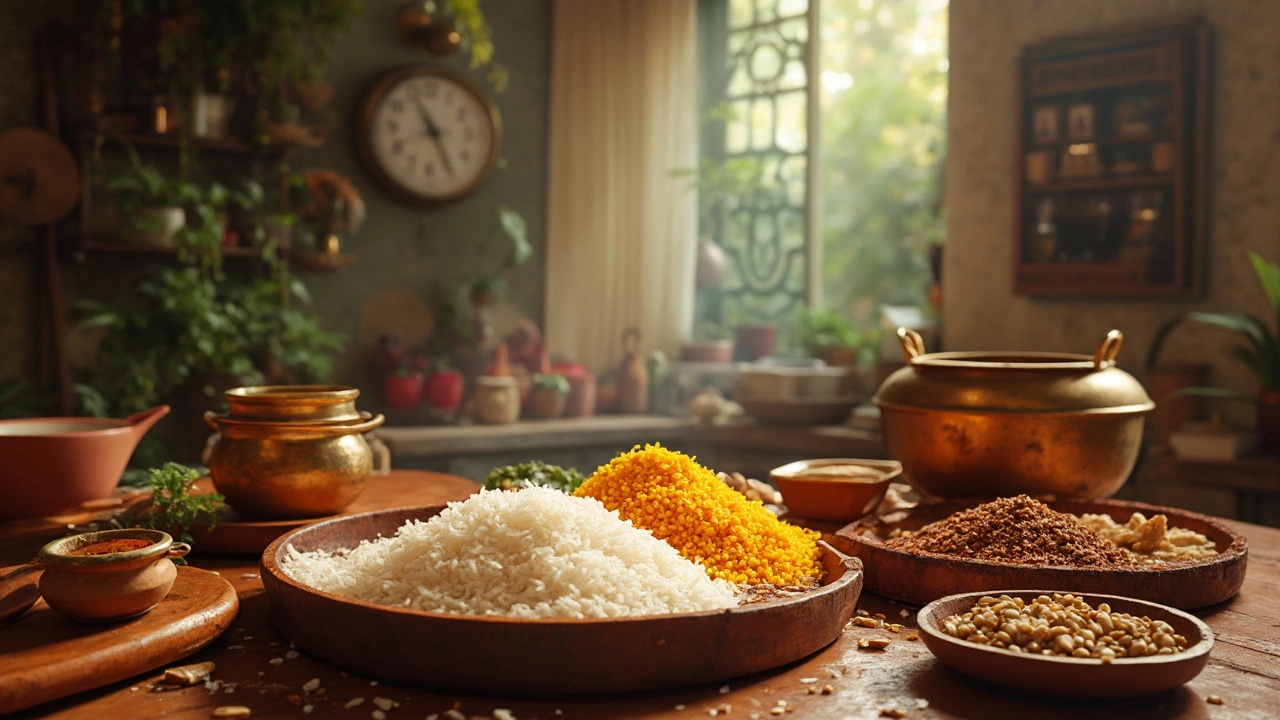
How Much Time to Soak Rice and Urad Dal for Dosa?
Making the perfect dosa starts with knowing how long to soak rice and urad dal. This guide covers the ideal soaking times and practical tips to achieve that crispy texture. Soaking times depend on factors like temperature and grain quality, but generally, rice needs 4-6 hours and urad dal 4 hours. Here, we delve into why these times work and what you can do to tweak your dosa-making process.
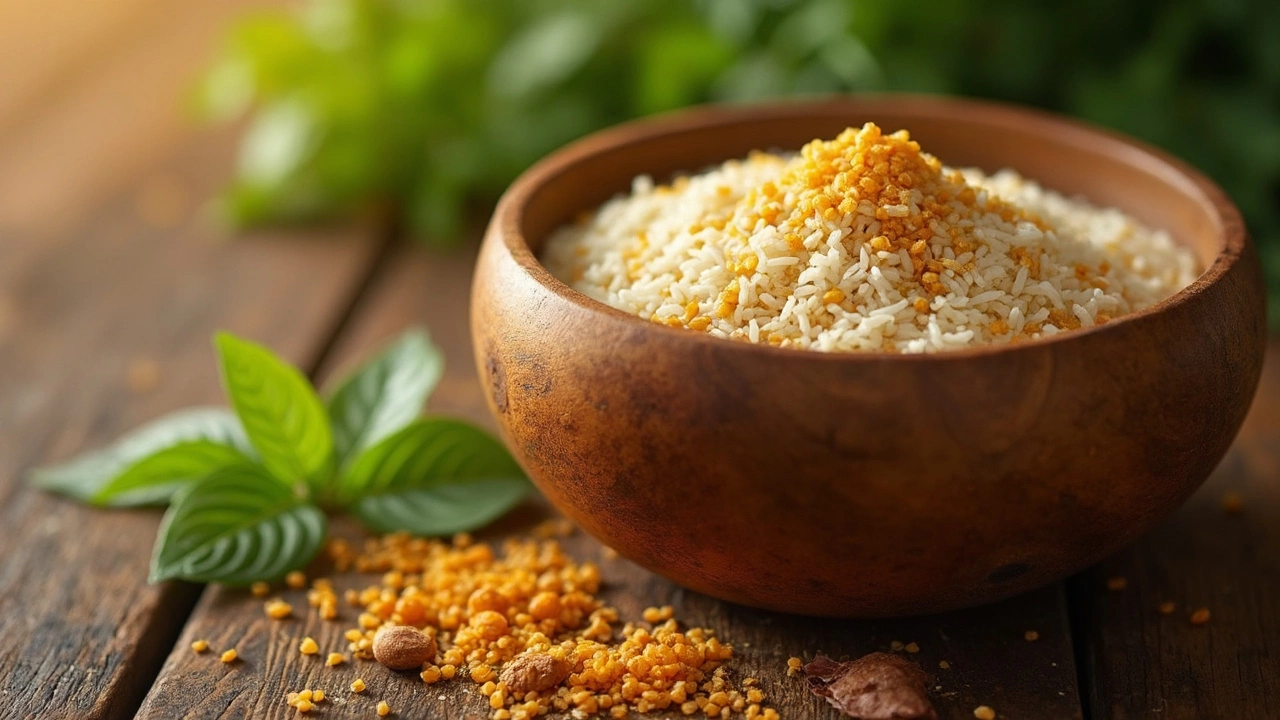
Ideal Urad Dal to Rice Ratio for Perfect Dosa Batter
Discover the perfect ratio of urad dal to rice for making dosa batter that yields crispy yet fluffy dosas. Learn tips for soaking, grinding, and fermenting to enhance the taste and texture. Perfect your dosa-making skills with these helpful insights!
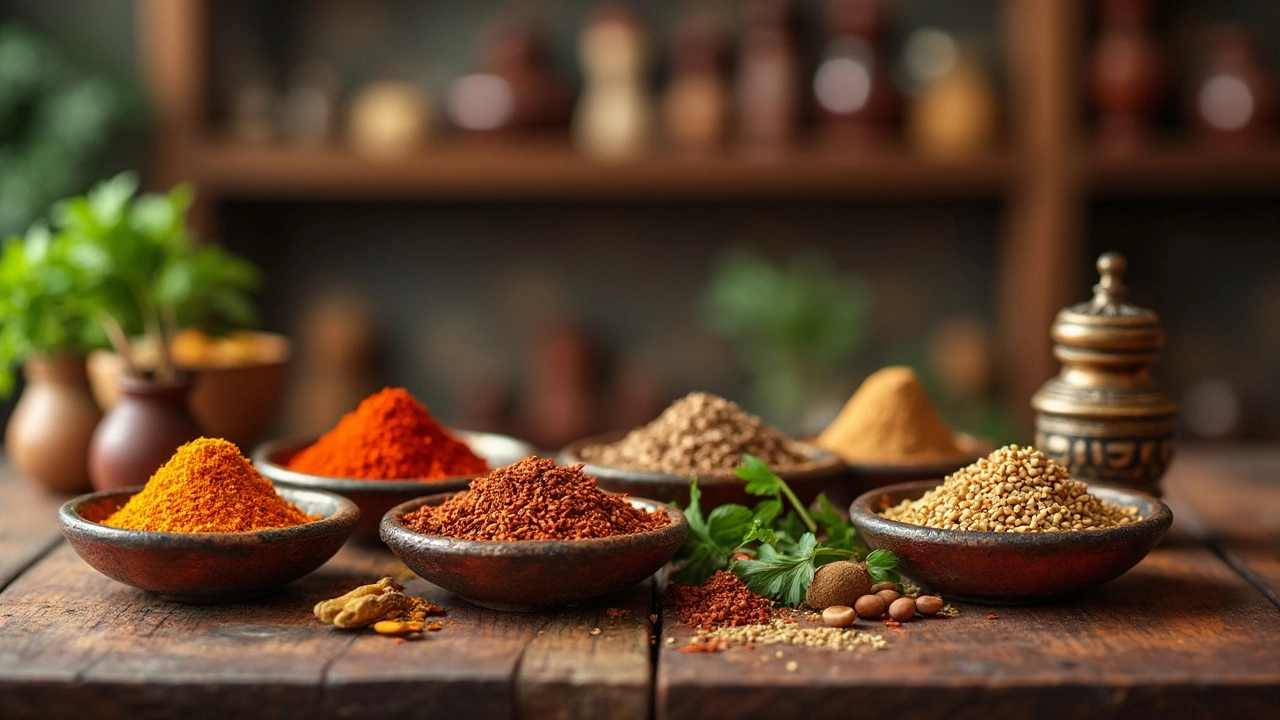
What's the Closest Spice to Curry Powder?
Curry powder is essential to many Indian dishes, but what if you're out of it? Discover the best spice alternatives to curry powder, focusing on ingredients that match its flavor profile closely. Learn how to adapt your chicken curry recipe without losing that beloved taste. Dive into the world of spices and find out how cumin, coriander, or garam masala can step into the spotlight when curry powder is missing.